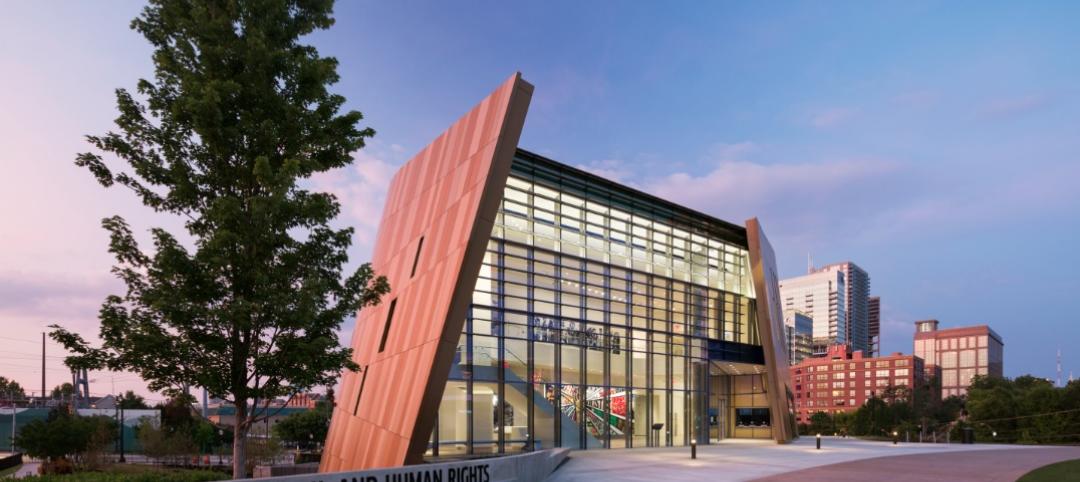We’re not in the habit of recommending books in these pages, but we could not ignore two recent noteworthy publications. (Both are available on amazon.com.)
Net Zero Energy Design: A Guide for Commercial Architecture is an in-depth, 441-page exploration into the practical problems of designing and building net-zero buildings. The author, architect Tom Hootman, AIA, LEED AP BD+C, is Director of Sustainability at RNL, the Denver-based design firm.
He was a key contributor to the Building Team that designed the Research Support Facility at the National Renewable Energy Laboratory, the U.S. Department of Energy lab in Golden, Colo. It was the first net-zero building in the U.S. to demonstrate both environmental and economic feasibility.
If your firm is contemplating taking on a net-zero energy project, you would be remiss if you ignored this book, the first essential manual in the field.
See my interview with Hootman on how NZE buildings are creating a new role for architects, at /new-leadership-role-architects-net-zero-design.
Transformational Thought: Radical Ideas to Remake the Built Environment is a series of 14 essays by Jason F. McLennan, LEED Fellow, founder of the Living Building Challenge and a primal force in the U.S. Green Building Council’s Cascadia Green Building Council. He was named to Building Design+Construction’s “40 under 40” list in 2010 as a 32-year-old principal at BNIM.
McLellan roams far and wide in his essays, from the role of women in a “restorative future,” to the urban agriculture revolution, to a discussion challenging the wisdom of height and density in urban structures.
It is not always easy to agree with McLellan, and his provocative argumentation will keep you awake at night, thinking. +
Related Stories
Sponsored | Energy Efficient Roofing | Feb 12, 2015
How does airflow under a metal roof further enhance energy savings?
Metal roof coatings with solar reflectance can help building owners save substantially in annual cooling costs. Research has confirmed that creating an air space under a metal roofing system will increase energy savings during both summer and winter months.
Brick and Masonry | Feb 5, 2015
3D-printed 'cool brick' may provide cooling solution for arid locations
Cool Brick is made of porous ceramic bricks set in mortar. The bricks absorb water, which cools the air as it passes through the unit.
Green | Feb 4, 2015
Illinois leads top 10 states for LEED green building
Collectively, 1,662 commercial and institutional projects became LEED certified within the top 10 states in 2014, representing 251.7 million sf of real estate.
Sponsored | Metals | Jan 30, 2015
Want greater energy savings? The answer is right above you
A recent study finds that metal roofs can cut energy costs.
Energy Efficiency | Jan 28, 2015
An urban wind and solar energy system that may actually work
The system was designed to take advantage of a building's air flow and generate energy even if its in the middle of a city.
Sponsored | Energy Efficiency | Jan 23, 2015
Rapid payback and reduced consumption with modulating buildings
| Jan 21, 2015
Tesla Motors starts construction on $5 billion battery plant in Nevada
Tesla Motors’ “gigafactory,” a $5 billion project on 980 acres in Sparks, Nev., could annually produce enough power for 500,000 electric cars.
| Jan 14, 2015
Winners of the 2014 Architecture at Zero competition announced
The competition challenged design teams to create zero-net-energy buildings for the Jack London Gateway project site in Oakland, Calif.
| Jan 7, 2015
Department of Energy seeks public input on definition for zero-energy buildings
A broadly accepted market definition of zero-energy buildings is foundational to efforts by governments, utilities, or private entities to recognize or incentivize zero energy buildings.
Smart Buildings | Jan 7, 2015
NIBS report: Small commercial buildings offer huge energy efficiency retrofit opportunities
The report identifies several barriers to investment in such retrofits, such as the costs and complexity associated with relatively small loan sizes, and issues many small-building owners have in understanding and trusting predicted retrofit outcomes.

















